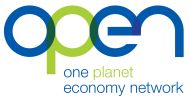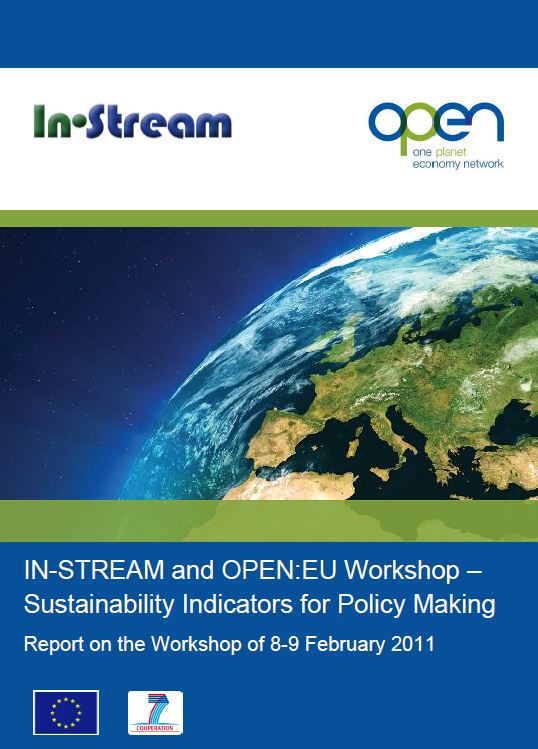
EUREAPA Tool Launched
- Publication
- Citation
One Planet Economy Network 2011: "EUREAPA - EU Resource and Energy Analysis Programme Application". Online Scenario Modelling and Policy Assessment Tool. One Planet Economy Network.
The One Planet Economy Network: EU (OPEN:EU) project concluded at the end of 2011 with the launch of the EUREAPA tool. EUREAPA (EU Resource and Energy Analysis Programme Application) is a freely available online decision making support tool based on the integration of the Footprint Family of indicators with an economic model which enables users to demonstrate the impact of EU consumption and production on the environment.
The EUREAPA tool allows users to quantitatively unravel global supply chains to reveal the embedded impacts of EU consumption. Using the Carbon, Ecological and Water Footprint indicators, the EUREAPA tool reveals the full supply chain impacts associated with 62 product categories covering the food people eat, their housing and transportation, and other goods and services they consume. The tool is able to identify the links between the consumption of a product type in one country and its production impacts elsewhere in the world. The tool displays the top 10 sources of greatest impact for each product.
The EUREAPA tool is unique in the functionality it provides an online tool and it offers a greatly increased richness of information about the global impacts of human consumption.
"How can the EU transform into a One Planet Economy[1] by 2050?" and "What would it take to make this transformation?" were the main questions driving the OPEN:EU project under which the EUREAPA tool was developed. The tool was thus designed to assist policy makers in gaining a clearer understanding of the effects of policies (or the lack of policy) on the environment, in order to support responsible and informed decisions at the national and EU levels. EUREAPA can be used to help inform policy making across several of the policy areas identified as key components of the framework for delivering the Flagship Initiative for a Resource-efficient Europe [pdf, 199 KB, English] under the Europe 2020 Strategy. These include agriculture, climate and energy, sustainable consumption and production, transport and water.
Initial examples of applying the EUREAPA tool to policy questions
- Quantification of the OPEN:EU scenarios:
Using the EUREAPA tool, the four OPEN:EU scenarios were quantified to explore the influence of different policy approaches on the EU’s carbon, ecological and water footprints and to identify policy approaches that have the greatest influence.
The results were impressive: None of the policy mixes presented in the scenarios proved sufficient to reduce the impact embedded in goods consumed in the EU to one-planet levels by 2050.
While the results of the scenario quantification exercise should be understood as an exploratory exercise, serving more of an indicative rather than a conclusive purpose, they nonetheless throw into question the fundamental assumption that economic growth and individual expenditure can continue to increase at the same time that reductions in environmental impacts to within the limits of a One Planet Economy are urgently needed.
- Research report for the UK Department for Environment, Food and Rural Affairs (DEFRA):
Using the data model behind the EUREAPA tool, the Stockholm Environment Institute and the University of Leeds prepared a report for the UK’s Department for Environment, Food and Rural Affairs (DEFRA) analyzing where greenhouse gas emissions associated with UK consumption occur, by both sector and country. To perform this analysis, the authors made use of the environmentally-extended multi-regional input-output model developed under the OPEN:EU project. The model enabled them to allocate environmental pressures (e.g. emissions of greenhouse gases) associated with production and supply chain processes to groups of finished products by means of inter-industry economic transactions.
EUREAPA is the software tool that was created to provide wider access to the data held in this model.
The full report – entitled "UK Consumption Emissions by Sector and Origin" [pdf, 1.68 MB, English] – is available for download.







